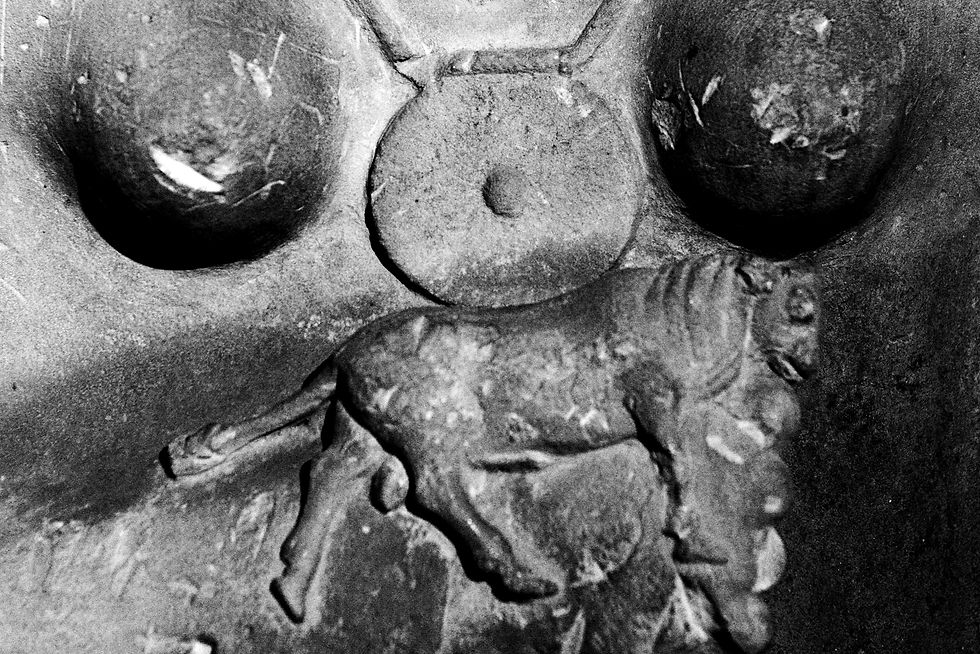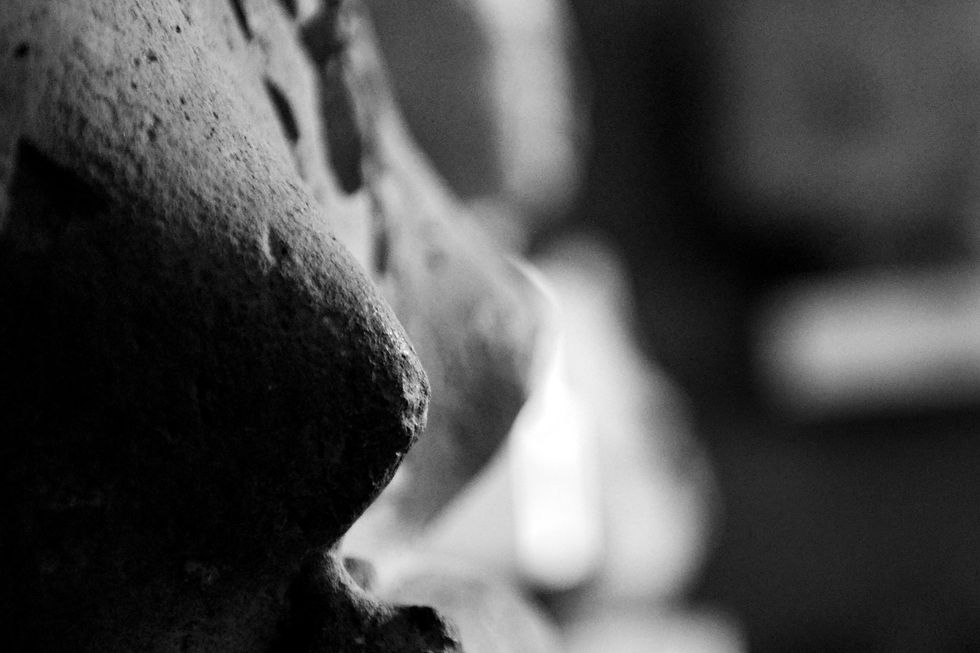Stefanos Kouratzis
Photography
ELLE, Cyprus in the feminine
Cyprus, the third largest island in the Mediterranean, has been on a path of development from as far back as the Middle Bronze Age (2600-2100 BC). Trade and maritime activities will eventually endow the island with a cultural identity of tradition merged with cosmopolitanism into an original amalgam. Exchanges with the civilizations and great political powers of the West (Aegean) and the East of the Bronze Age will leave ample space for a process of artistic fusion and religious syncretism within a solid society, adept at assimilating and adjusting.
The singularity of Cypriot art during the prehistoric period aptly reflects a flux between geographical insulation and contact with the external world.
The fruit of this interaction is an atypical art which, through selective processing of form and content, will give rise to distinct statuary and coroplasty. By integrating local traditions and, at the same time, the symbolisms, language and aesthetic codes of Greece and other cultures in the Middle East, from as early as the Geometric period until the Hellenistic and Roman periods, Cyprus goes on to develop a composite type of statuary and coroplasty, revealed to the wider public with the first archaeological excavations on the island, in the 19th century.
Sculpted depictions of goddesses, divinities and female statuettes and figurines forming part of the collections of Cyprus’ Department of Antiquities, on display at the Cyprus Museum in Lefkosia and at the Archaeological Museum of the Lemesos District. The statuettes and figurines illustrate different styles of Cypriot art, from the Chalcolithic (4th millennium BC) to the Roman period. The photographs therefore unveil artworks that, through the uniqueness of their form, bring out the particularity of the civilization of Cyprus.
Production, Press and Information Office of the Republic of Cyprus
Research, Catherine Louis Nikita

Heads and figurines at the store room of the Archaeological Museum in Nicosia

Roman Period (2nd AD) from Salamis and now at the Cyprus Archaeological Museum in Nicosia

Head and figurines at the store room of the Cyprus Archaeological Museum in Nicosia

Cypro-Archaic (Ca. 480 BC), from Amathus, Palace. Now at the Archaeological Museum of Limassol

Hellenistic period (310-30 BC) from Arsos and now at the Cyprus Archaeological Museum in Nicosia

Hellenistic period (310-30 BC) from Arsos and now at the Cyprus Archaeological Museum in Nicosia

At the Archaeological Museum in Nicosia

Cypro-Archaic (600-480 BC) from Arsos and now at the Cyprus Archaeological Museum in Nicosia

Cypro-Archaic (600-480 BC) from Arsos and now at the Cyprus Archaeological Museum in Nicosia

Cypro-classical (5th BC), from Amathus Tomb and now at the Archaeological Museum in Limassol